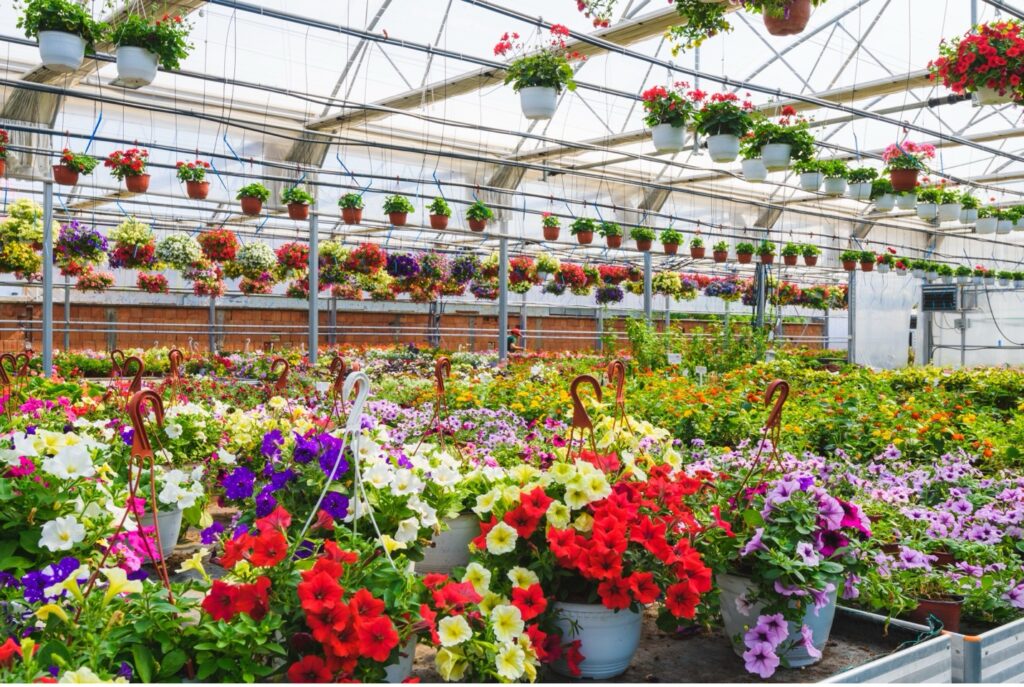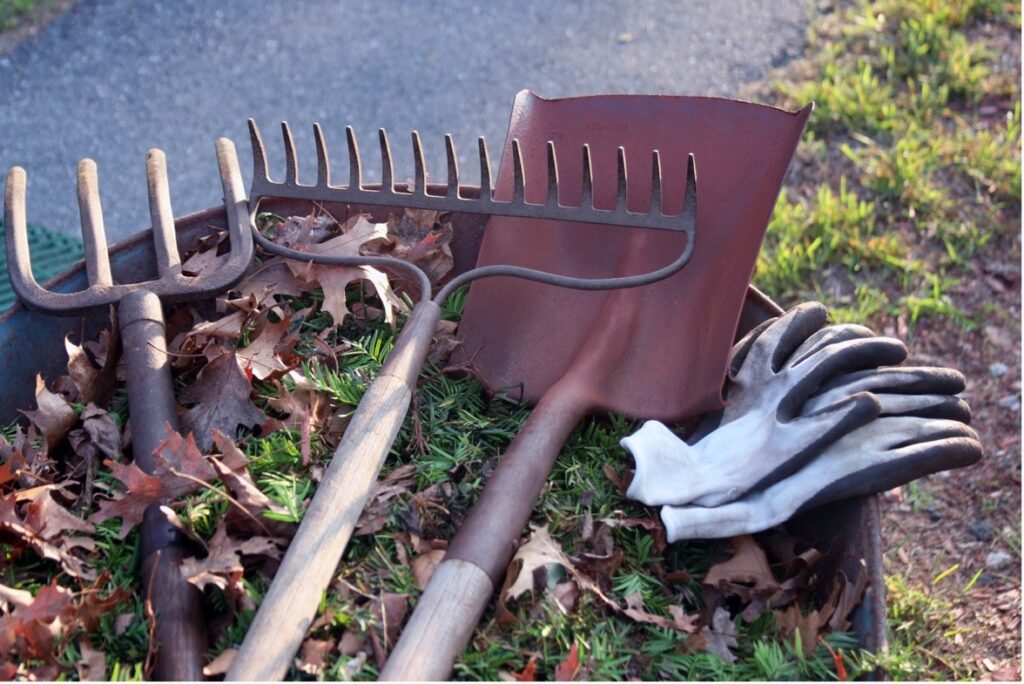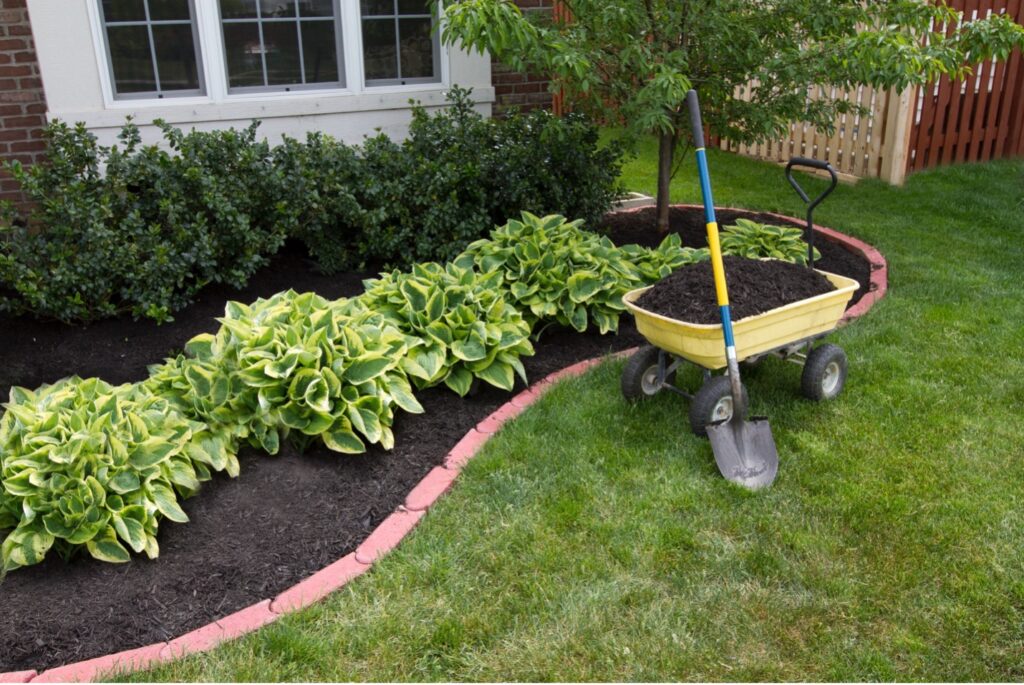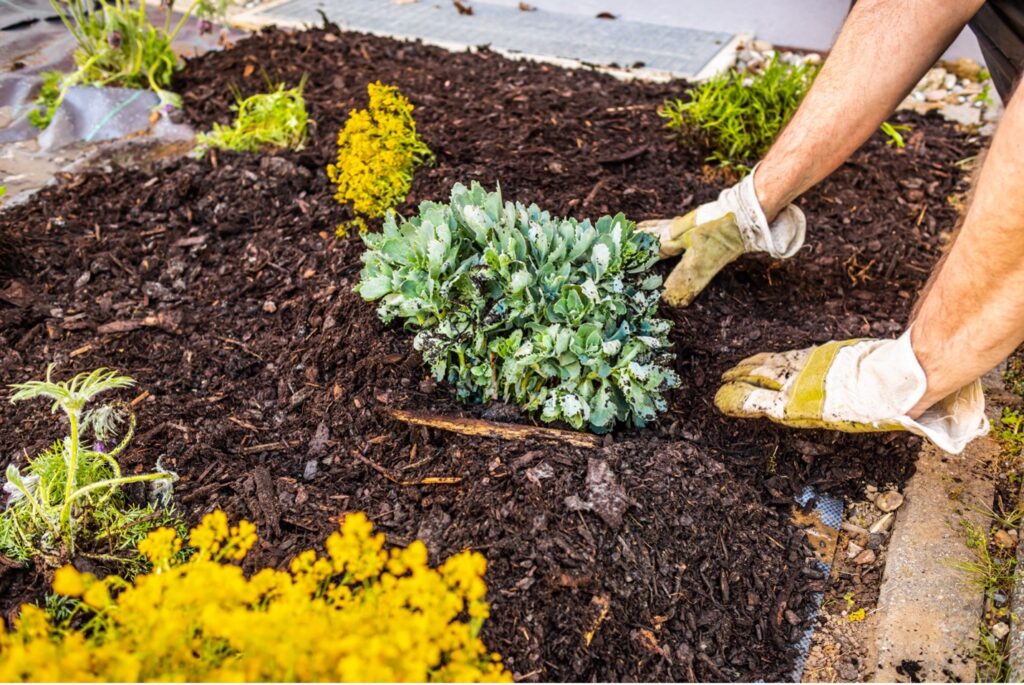by Sue Boehlke, Fulton County Master Gardener Extension Volunteer
While it is too early to plant your annuals and containers, what can you do if you want to be out in the beautiful weather? Read on for easy ways to get your summer garden started!
The garden centers are brimming with beautiful annuals and vegetables, our trees and shrubs are blooming and the calendar and groundhog tell us it’s spring. But it’s still a little too early to start planting annuals even if you believe the last threat of frost has passed. (The average last frost date in our area is mid-April.) Many of our popular warm season annuals (petunias, marigolds, coleus, tomatoes, basil, peppers, geraniums, etc.) prefer the ground temperature to be over 65 degrees, and Fulton County won’t be there for a few more weeks.

You can track our Georgia weather, including ground temperature, using the UGA Georgia Weather Network, which tracks conditions at over 80 locations around the state. Gardeners need to focus on the temperature four inches below ground, which will be colder than you think. As an example, the 4-inch ground temperature in Alpharetta in mid-April is still 54 degrees F. You track the ground temperature near you using the Georgia Weather Network link above.
While your plants (or seeds) may survive the next few weeks, they won’t really be growing. So better to let the garden center care and cover for frost for a few more weeks!
So what can you do now, while you’re itching to get out in the garden?
Prepare your tools
You’d ideally do this in the fall before putting them away for winter. But if you didn’t do it then, it’s not too late. Clean tools work better and ensure you aren’t spreading pests, fungi or diseases. Remember, it’s a good time to wash your garden gloves too. It’s also a good time to add some disinfectant wipes to your gardening supplies so you can easily clean and disinfect as you use your tools during the season. See this blog post for tips.
Clean your yard
Clean up any debris, fallen branches, dead annuals or perennials. Be sure to do this after the over-wintering pollinators have a chance to emerge.
Divide perennials
Divide perennials, like daylilies, hostas, asters and grasses, that need it and were not done in the fall. See this publication for specifics on dividing.
Mulch
Refresh your mulch and add it to any exposed soil. Mulch has many benefits for your garden, such as maintaining soil moisture and temperature, keeping down weeds, and helping with soil aeration and erosion control. For more information on mulch selection, see this slideshow from the Georgia Green Landscape Stewards program.
Understand your soil
Do a soil test before you amend or fertilize. You have to understand what you have before you know the right thing to do. Also note that your choice of mulch may impact how much nitrogen you need. Fulton County residents can refer to this site for information on soil testing.
Review your garden plan
Review your plan and create an inventory of what you need. While there is joy in reacting to what you see at the garden center, it’s always productive to do so in the context of a plan. Even if you decide to change it opportunistically.
Most of all – enjoy!


